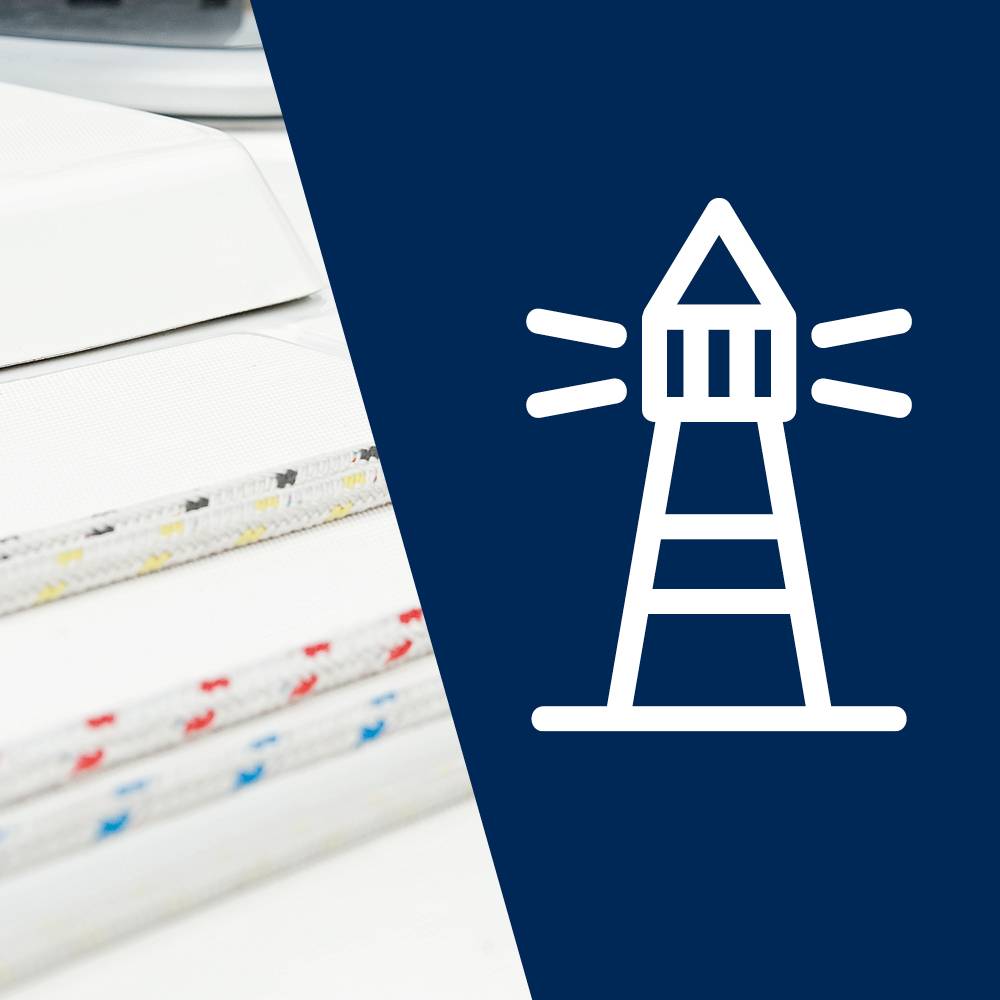Fenders

Boat fender
Would you like to optimise your permanent mooring for your boat with just a few tips and tricks? We will show you what options are available and how boat fenders can be optimally used.
Learn more
Boat fender
Would you like to optimise your permanent mooring for your boat with just a few tips and tricks? We will show you what options are available and how boat fenders can be optimally used.
Learn more
Boat fender
Would you like to optimise your permanent mooring for your boat with just a few tips and tricks? We will show you what options are available and how boat fenders can be optimally used.
Learn moreWhen the sailboat or yacht glides into the marina to stay there until the next morning, safe mooring is a matter of the heart for every sailboat or yacht owner. The outer skin of the water vessel is extremely sensitive, so it is important to provide it with suitable protection and prevent it from hitting the quay wall. The same applies to mooring in a small pier (boat to boat) and to a sheet pile wall. A fender is part of the basic equipment for boats and is also an indispensable boat accessory for inflatable boats. Boat fenders are available in a wide range of variations, and it is important to find the right model for different purposes.
How many boat fenders should be on board?
This is largely dependent on the size of the vessel. A yacht needs more fenders than an inflatable boat. If the sailboat is shorter than 10 m, two fenders on each side are recommended. From a length of 10 m, 3 to 4 boat fenders are ideal. Ideally, you should have two spare fenders on board. In the event of a swell or a stronger swell, it is advisable to use larger boat fenders. Even the inflatable dinghy is on the safe side with a fender (2 to 4 pieces).
What is the choice of boat fender size?
Ball fenders and long fenders are used as classic fenders. If they are installed next to each other, they should ideally be the same model and the same size. This ensures that the fenders are perfectly able to withstand the high loads. You can make your choice on the basis of the length of the sailboat or yacht, the total weight as well as the attack surface for the wind. If the distance from the deck edge to the water surface is so great that the yacht with a high freeboard has to compensate for drifting against the jetty in heavy waves and wind, it is important to have stable boat fenders on board.
Which boat fenders are suitable for which purpose?
In addition to the long fender and ball fender, we also offer cushion fenders, jetty fenders and special fenders such as the bow fender. Here is an overview:
Ball fender
The ball fender, filled with compressed air, rolls excellently, has a wide cross-section and a high degree of damping. The ball fender is suitable for manoeuvring and mooring.
Long fenders
On a small sailboat, the long fender can be attached to the handrail - on a yacht to the railing. It is very flexible due to the so-called ropes.
Pillow fender
Pillow fenders are very flat and easy to stow. They hardly slip and can be used as seat cushions. They are often used for sluicing.
Jetty fender
The dock fender prevents the dinghy or sailboat from touching sharp edges when mooring. A helpful boat accessory, especially in strong winds.
Bow fender
A bow fender acts as a buffer at the bow and is the ideal addition to a wide range of other special fenders.






























